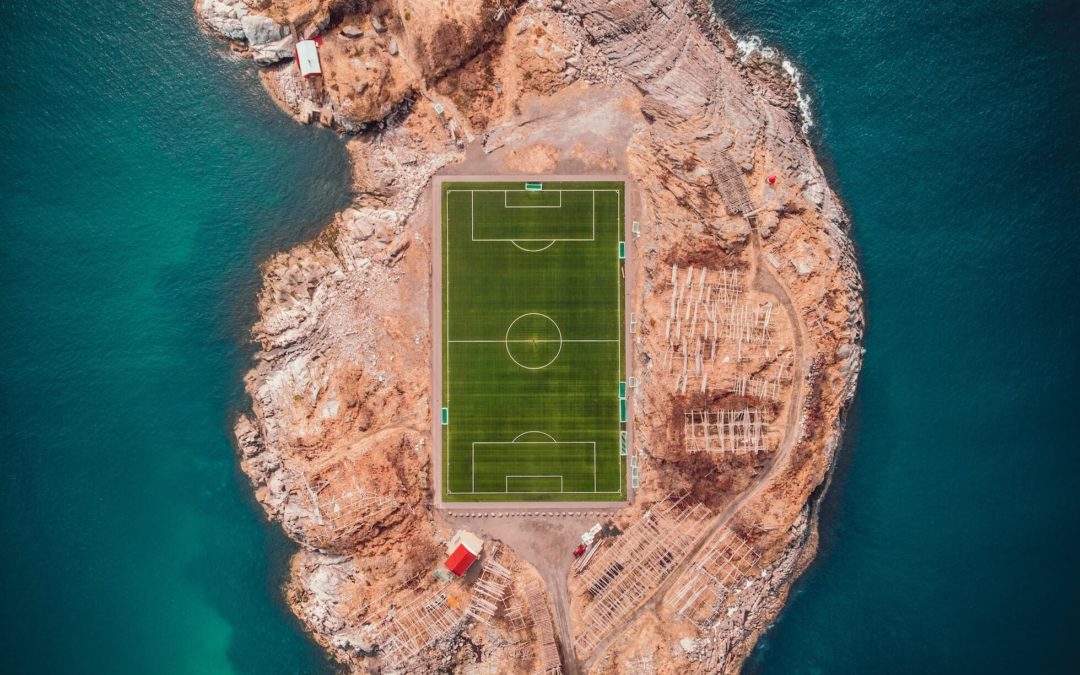Since winning the bid to host the 2022 FIFA World Cup in 2010, Qatar has made significant investments and undertaken reforms, which have helped to sustain economic growth between 2-3% yearly and lead to a rapid population growth of foreign workers.
In 2017, Qatar was investing $500m weekly on infrastructure, and is expected to continue this level of spending until 2021. In total, Qatar is expected to spend $100bn on infrastructure linked to the 2022 FIFA World Cup.
Key projects include the Stadiums, Doha Metro, Smart Cities, and the Hamad International Airport, which will take its capacity to 53 million by the start of the World Cup. In January 2018, Qatar revealed plans to award contracts worth roughly $29bn to the private sector.
In the next two years, in particular, there will be a rise in smaller-size tenders related to the finishing stages of Stadiums, creating opportunities for smaller companies. Tenders are open to foreign and local firms and are announced and bid on through an online portal, ensuring a transparent and fair process. The Moushtarayat is the most important Government Procurement and Contracting Conference & Exhibition in Qatar.
A number of ongoing developments are continuing to add residential and commercial stock. Lusail City, a centrepiece of the 2022 FIFA World Cup, also includes 200,000 new residences, 19 mixed-use districts, a new financial centre, entertainment and energy cities. Lusail city is the flagship project of Qatari Diar, the real estate wing of the Qatar Investment Authority (QIA), a $350bn sovereign wealth fund created to house the revenues from the country’s hydrocarbons.

